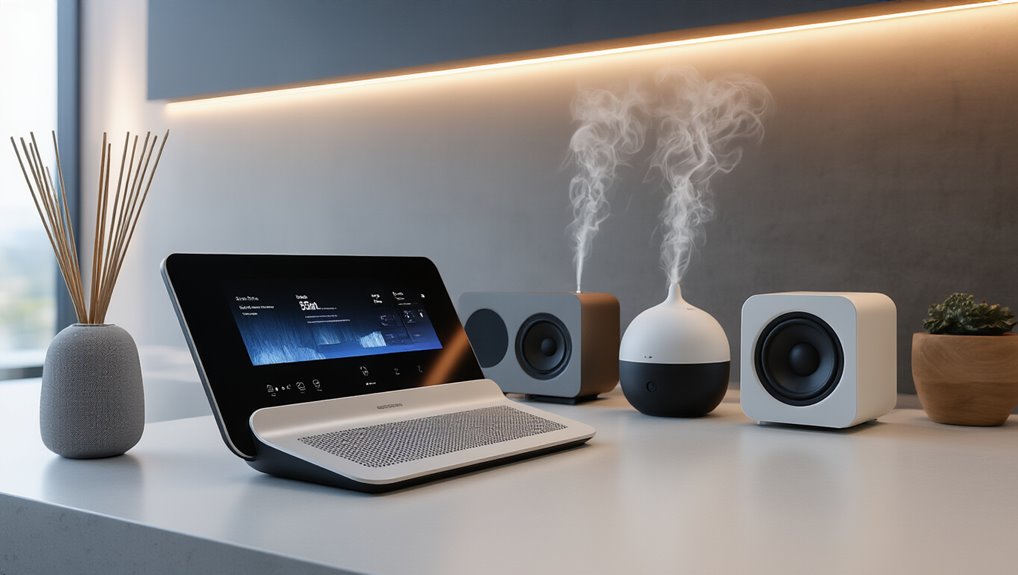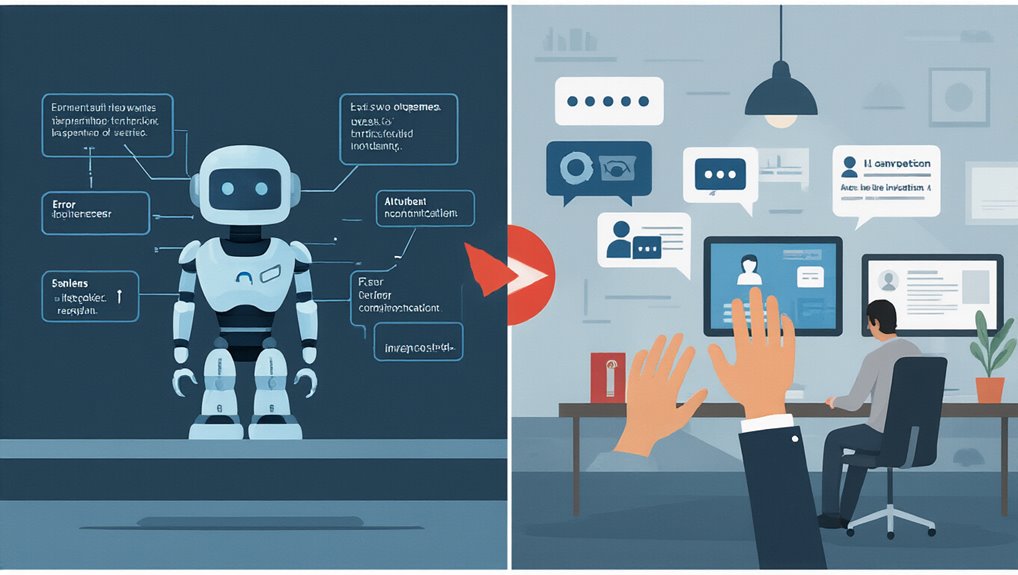When designers seek to create meaningful change, they must look beyond visual aesthetics to engage all five senses. Research demonstrates that multisensory design approaches create more profound connections with users, enhancing memory retention and emotional engagement by up to 70%. This scientific finding underscores why single-sense approaches often fail to achieve transformative outcomes.
Neuroscience confirms that the human brain processes multisensory information 20% faster than single-sense stimuli. This efficiency isn’t merely about speed—it activates additional neural pathways that increase the likelihood of behavior change. When designers neglect sensory dimensions, they inadvertently create barriers to effective transformation. Studies show user participation can drop by 40% in experiences lacking appropriate sensory cues. Transformative design emphasizes collaborative approaches for sustainable solutions that address complexity through innovative thinking. Designers need to approach sustainability by focusing on renewable energy sources as a core principle for creating environmentally responsible products.
Consider successful case studies that leverage multisensory approaches. The “Sensory City” initiative in Copenhagen integrated soundscapes and tactile surfaces to improve urban well-being. Similarly, a participatory art project in Detroit used smell, touch, and sound to address community trauma and promote healing. These examples highlight how engaging multiple senses can drive meaningful social change.
Tactile experiences prove particularly essential in transformative design. They establish authenticity and trust while providing essential feedback that purely visual designs lack. Similarly, auditory elements improve accessibility and create more inclusive experiences for diverse users. Olfactory and gustatory components, while often overlooked, create powerful emotional resonance that can anchor transformative experiences in memory.
To implement effective multisensory design:
- Conduct sensory audits of your current projects
- Identify opportunities to incorporate non-visual sensory elements
- Test prototypes with diverse users, focusing on their full sensory experience
- Measure engagement across multiple sensory dimensions
Despite compelling evidence supporting multisensory approaches, many designers face barriers to implementation, including insufficient training and budget constraints prioritizing visual elements. Overcoming these obstacles requires intentional effort but delivers substantial rewards.
The science is clear: transformative design succeeds when it engages all five senses, creating richer, more effective experiences that drive lasting change.









